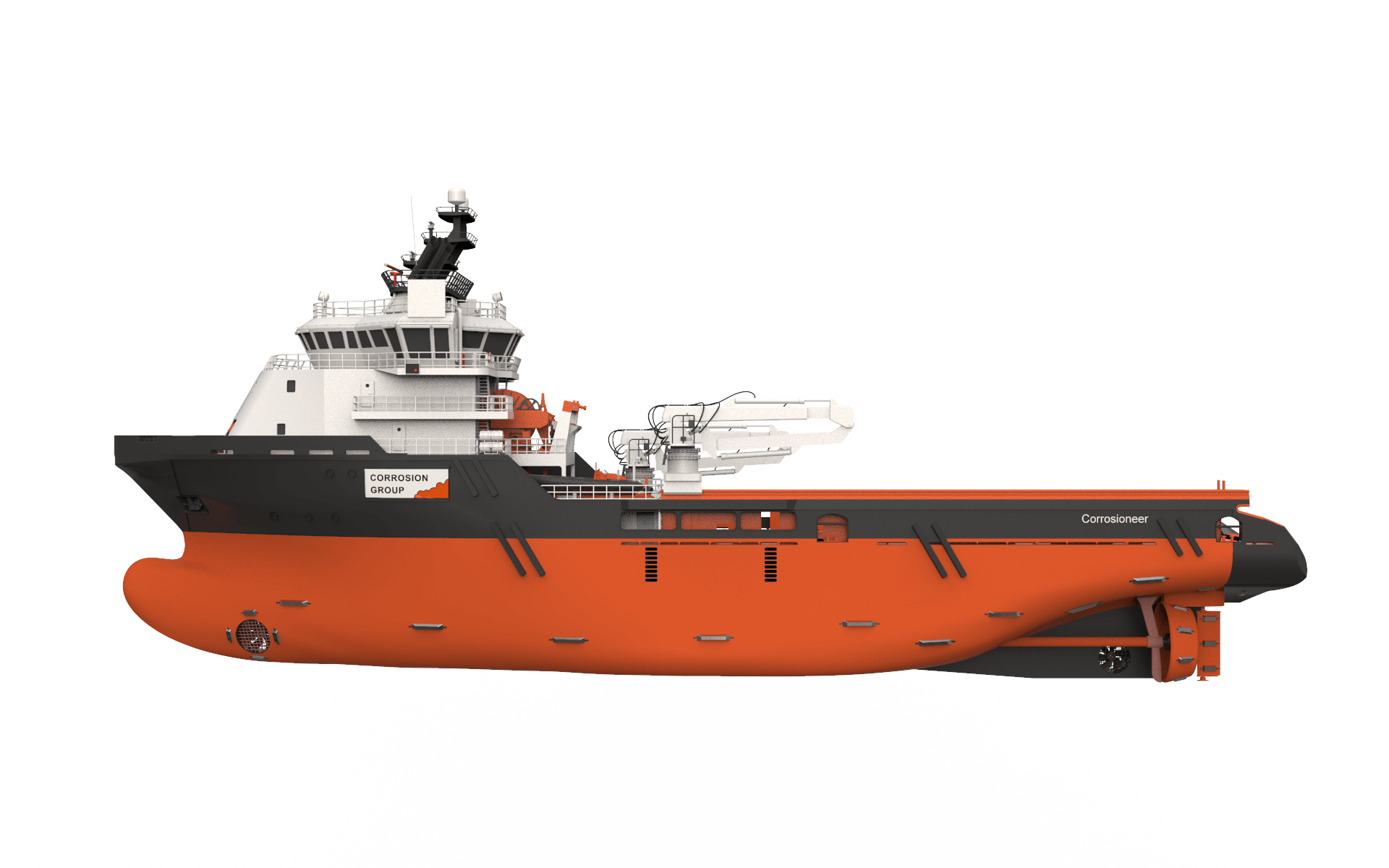Sacrificial Anodes
There are three main metals used as galvanic anodes, magnesium, aluminium and zinc. Each material has advantages and disadvantages.
Sacrificial anode systems should consider many factors, including the type of structure, the resistivity of the electrolyte (soil or water) it will operate in, the type of coating and the service life.

How does it work?
Sacrificial Anodes are created from a metal alloy with a more negative electrochemical potential than the other metal it will be used to protect. The sacrificial anode will be consumed in place of the metal it is protecting, which is why it is referred to as a "sacrificial" anode. Galvanic anodes (sacrificial anodes) must be periodically inspected and replaced when consumed.
Applications
Sacrificial anodes are often used to protect the:
- Hulls of ship
- Hot water heaters
- Pipelines
- Marine structures
- Above-ground tanks
- Refineries
Sacrificial anodes must be periodically inspected and replaced when consumed.
Zinc Anodes
Aluminium Anodes
Magnesium Anodes
Certificate





